Septic Service Timing and Maintenance
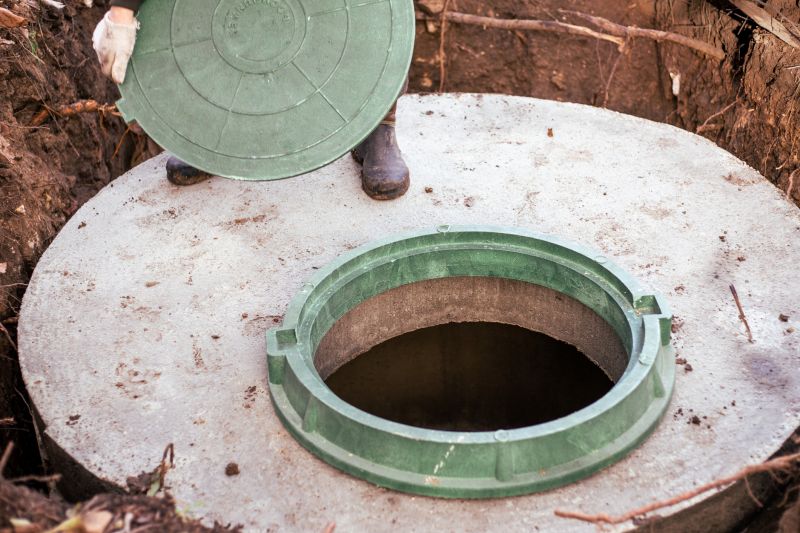
Regular inspections help identify issues early and prevent costly repairs.

Pump septic tanks every 3 to 5 years based on usage and size.
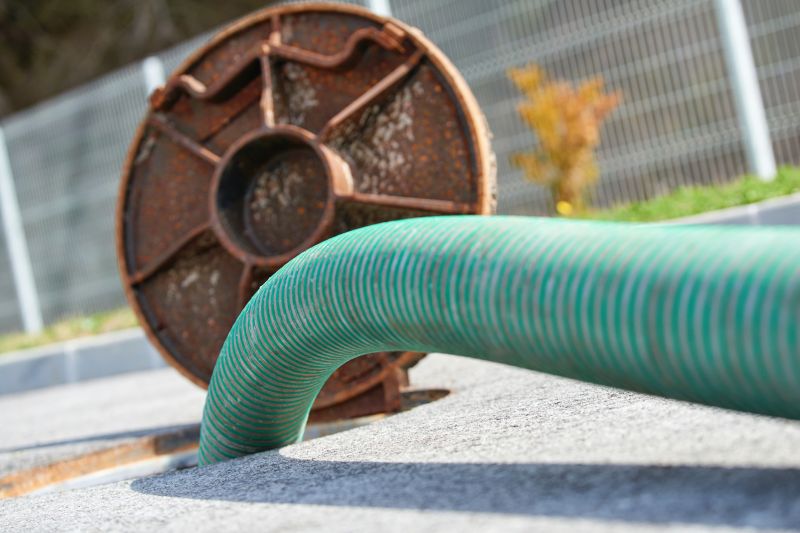
Scheduling service during dry seasons minimizes disruption and ensures optimal function.
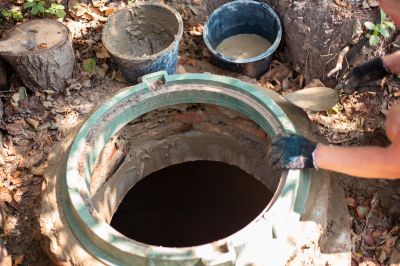
Ways to make Septic Service work in tight or awkward layouts.
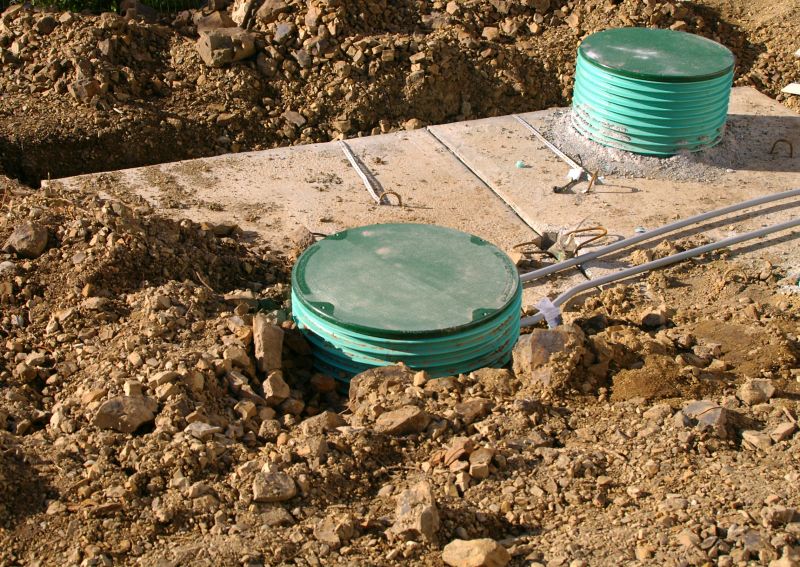
Popular materials for Septic Service and why they hold up over time.
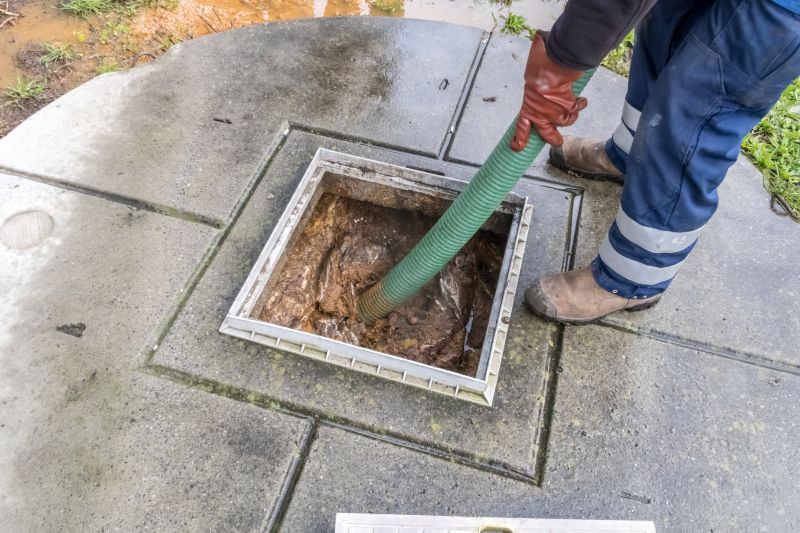
Simple add-ons that improve Septic Service without blowing the budget.
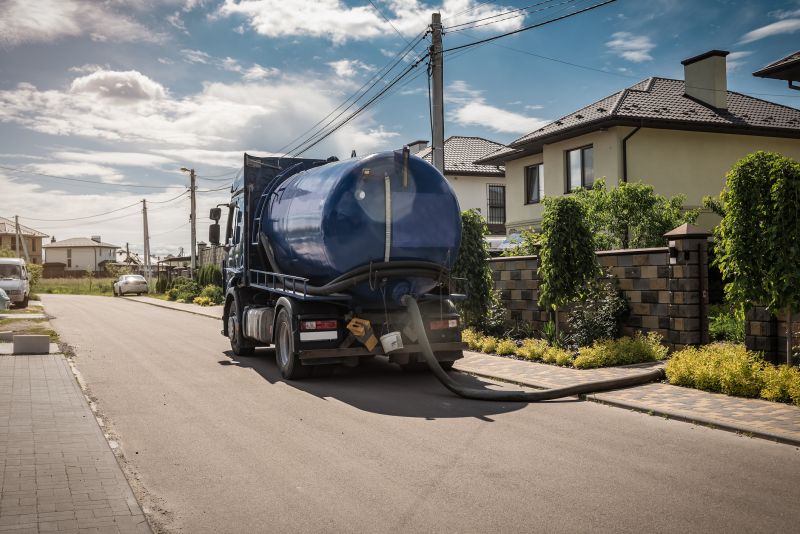
High-end options that actually feel worth it for Septic Service.
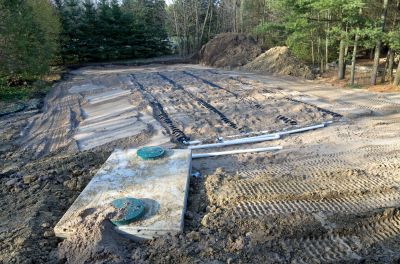
Finishes and colors that play nicely with Septic Service.
Septic service involves routine maintenance tasks such as inspections, pumping, and system repairs to ensure proper waste management. Proper timing of these services is crucial for maintaining system health and preventing failures. Typically, septic tanks should be inspected annually and pumped every three to five years depending on usage, tank size, and household size.
Regular maintenance prevents system backups, odors, and costly repairs.
Slow draining fixtures, foul odors, or standing water near the drain field indicate a need for service.
Scheduling during dry months reduces the risk of runoff and system overload.
Avoid scheduling during heavy rain or winter months when access may be limited.

Removing accumulated solids prevents system failure.
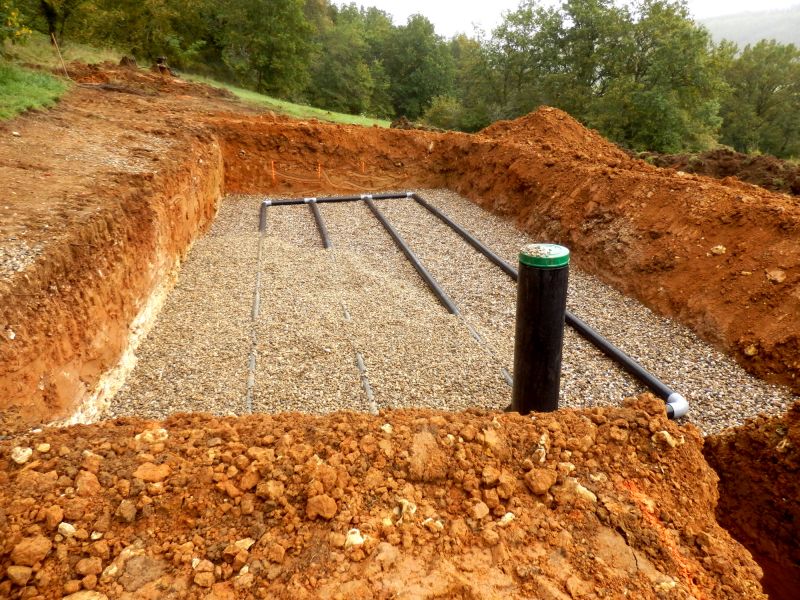
Ensures proper absorption and prevents leaks.
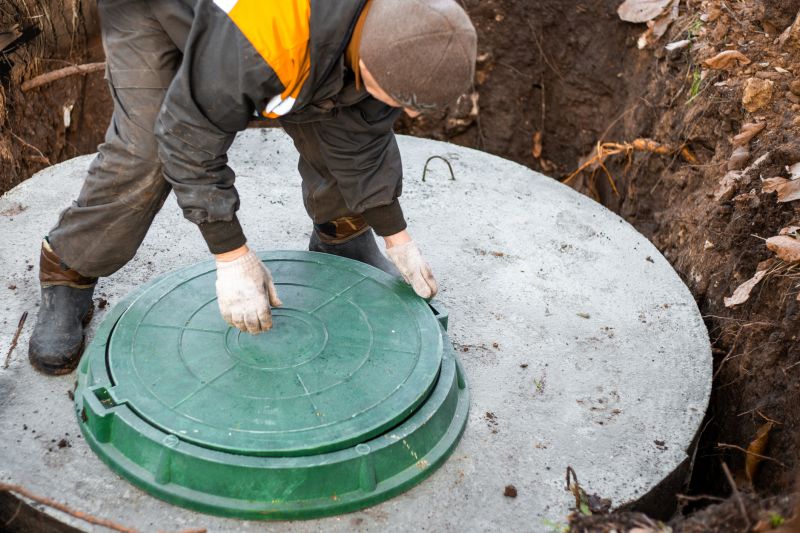
Timely repairs extend system lifespan and improve performance.

Modern tools facilitate efficient maintenance and inspection.

Little measurements that prevent headaches on Septic Service day.

A 60-second routine that keeps Septic Service looking new.

A frequent mistake in Septic Service and how to dodge it.

Small tweaks to make Septic Service safer and easier to use.
| Service Type | Recommended Timing |
|---|---|
| Septic Tank Inspection | Annually |
| Septic Tank Pumping | Every 3-5 years |
| Drain Field Inspection | Every 3-5 years |
| System Repairs | As needed |
| Post-Heavy Use Inspection | After major gatherings |
Proper scheduling of septic service ensures the longevity and efficiency of the system. Regular maintenance helps prevent unexpected failures, which can lead to costly repairs and environmental hazards. It is recommended to adhere to a maintenance calendar based on household size, tank capacity, and usage patterns.
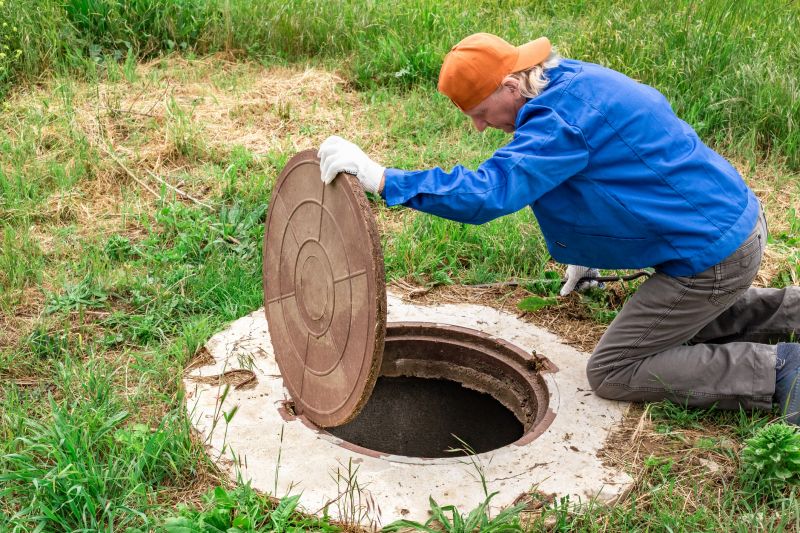
Routine checks keep the system functioning smoothly.
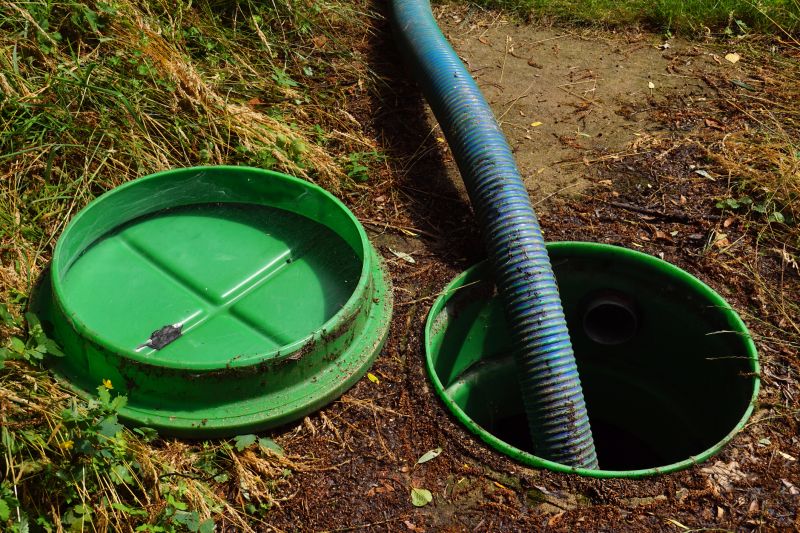
Proper removal of solids maintains system health.

Ensuring proper soil absorption prevents contamination.
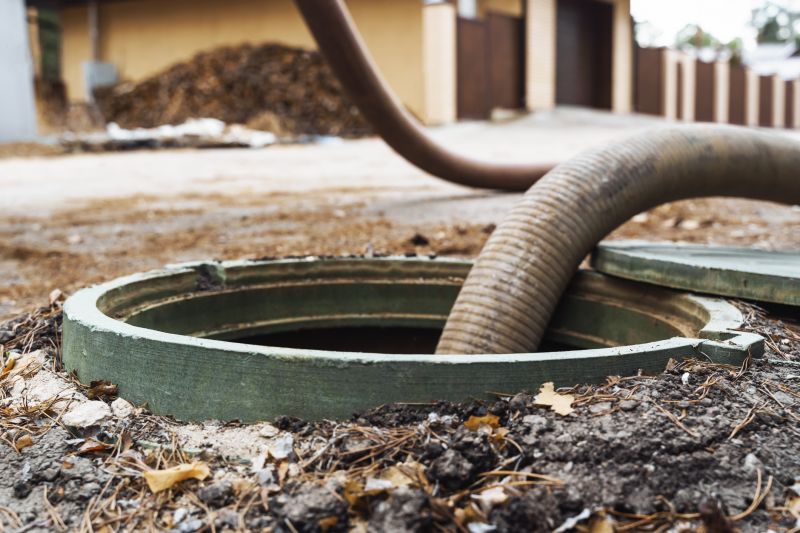
Understanding key parts aids in timely maintenance.
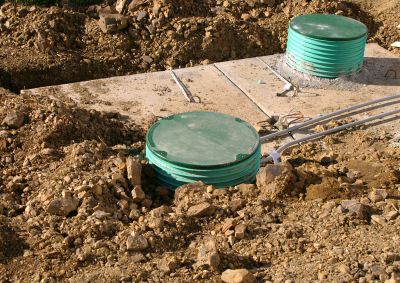
Lower-waste or water-saving choices for Septic Service.

The short, realistic tool list for quality Septic Service.

Rough timing from prep to clean-up for Septic Service.
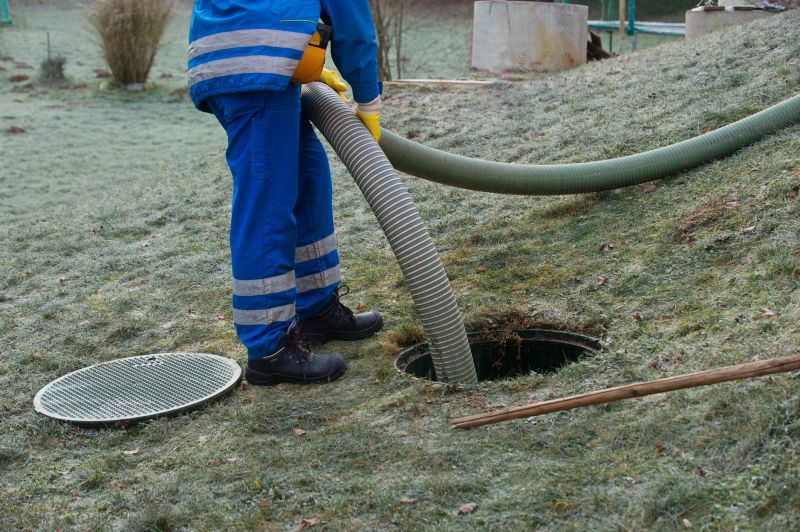
Quick checks and paperwork to keep after Septic Service.
Scheduling septic service at appropriate times minimizes disruptions and maximizes system reliability. Engaging professionals for routine inspections and maintenance helps identify potential issues early and ensures compliance with local regulations. Proper timing also reduces environmental impact and prolongs the lifespan of the septic system.
Interested in septic service for a property in Palo Alto, CA? Filling out the contact form provides a convenient way to schedule inspections, pumping, or repairs. Regular maintenance is essential for ensuring effective waste management and avoiding costly system failures.

